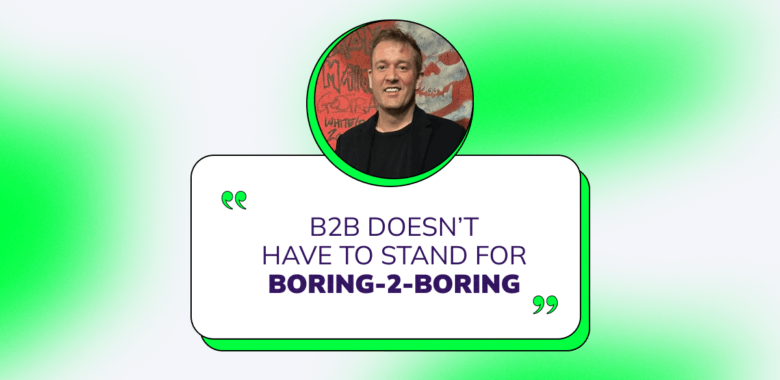For those unfamiliar with you, can you relay the igniting incident of your approach to copy — the story of a drunk email you’ve once sent?
A good few years ago, I was desperate for sales after my word-of-mouth work dried up. I got hellishly drunk one night and wrote a completely absurd cold email. I was still tipsy the next morning and decided it was still a good idea to send it to pretty senior Marketing Directors at big brands.
To my astonishment, it worked. I got the most amazing complimentary responses and requests for calls/meetings. My favourite one succinctly said, “My colleague forwarded me your spam email and we would like to meet you to discuss opportunities.”
I have hundreds of these screenshots showing responses to my irreverent cold emails saved. It always felt great to receive them.
I’ve met with senior decision makers at RedBull, Pepsi, Symantec, Hewlett-Packard, HSBC, Barclays, and countless other global brands, exciting start-ups, and regular ol’ SMEs.
I’ve used this same style to get senior editors at large publications to respond to me and publish my clients’ content. I’ve used it to help people get as many job interviews as they want – and to meet people I really look up to. I figured out a way to get the attention of busy people by accident.









